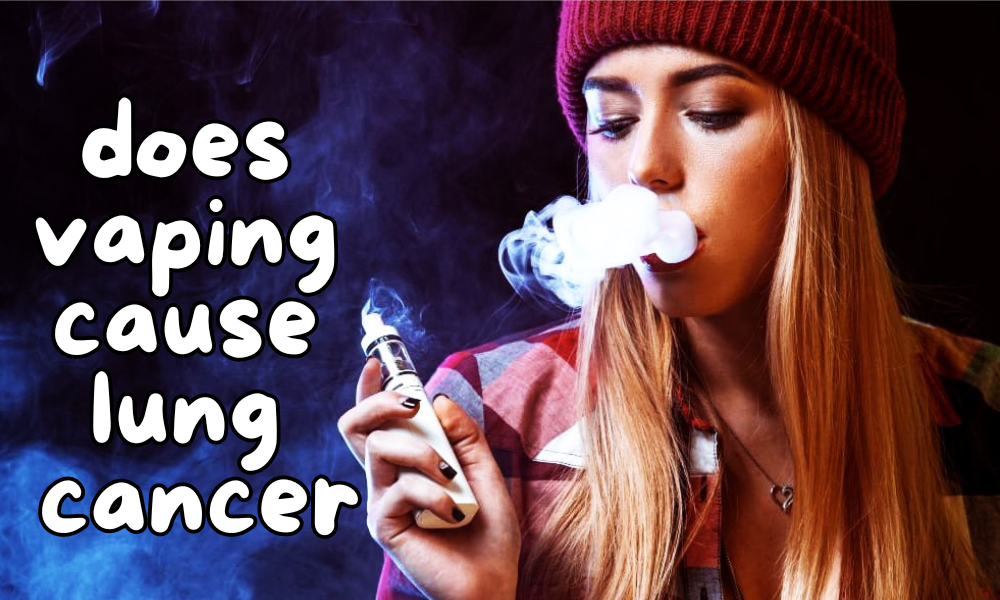Over the past decade, vaping has surged in popularity, particularly among teenagers. Its trendy image and the perception of being a safer alternative to smoking have significantly contributed to its rise. However, growing evidence suggests that vaping poses serious health risks, including cancer. For instance, a detailed examination into the question of does vaping cause lung cancer reveals alarming data about potential health repercussions. This article delves deeper into these risks and explores viable strategies for prevention.
Why Teenagers Are Drawn to Vaping
Peer Pressure and Social Media
Teenagers are heavily influenced by their peers and the glamorous portrayal of vaping on social media platforms. Seeing friends and influencers vape can push teens to try it out themselves, often without fully understanding the risks. The allure of fitting in and being “cool” often outweighs the potential health dangers. Furthermore, social media influencers play a pivotal role, often depicting vaping as a casual, harmless activity, thus normalizing it for younger audiences.
Perceived Safety
Many teens operate under the misconception that vaping is a safer alternative to smoking traditional cigarettes. This belief stems from the marketing strategies of e-cigarette companies, which often highlight the absence of tar and fewer chemicals compared to traditional cigarettes. However, this perceived safety can lead to long-term usage without awareness of the possible health consequences, including addiction and respiratory issues.
Various Flavors
The availability of different flavors, from fruity to minty, makes vaping more appealing to the younger audience. These flavors can mask the harshness of nicotine, making it more palatable for first-time users. The enticing array of flavors such as bubblegum, mango, and chocolate also creates a false sense of safety among teenagers, making them more likely to experiment and continue use.
Health Risks Associated with Vaping
Respiratory Issues
Vaping can cause severe lung damage and other respiratory complications. Cases of ‘vaping-associated lung injury’ are a growing concern among healthcare professionals. With time, symptoms like a persistent cough, dyspnea, and chest pain may appear. These can indicate the onset of more serious illnesses like bronchitis or even irreversible lung damage.
Cancer Risks
Recent studies link vaping to an increased risk of cancer due to harmful chemicals present in e-cigarettes. For more details, you can visit the American Cancer Society. The presence of carcinogenic compounds in vape liquids, such as formaldehyde and acrolein, raises substantial alarms. Long-term exposure to these substances can result in cellular alterations and the growth of malignant tissues.
Addiction
Nicotine addiction can develop, leading to potential long-term usage and dependency issues. Teenagers, with their developing brains, are particularly susceptible to addiction, which can pave the way for future substance abuse. The addiction cycles can also impact cognitive functions, leading to concentration issues, mood swings, and increased susceptibility to other addictive substances.
Mental Health Implications
Aside from physical health concerns, vaping can also impact mental health. Compared to their classmates who do not vape, teenagers who vape are more likely to suffer from anxiety, sadness, and mood disorders. These mental health problems may be made worse by the nicotine in vape goods, which can create a vicious cycle whereby people use the products to treat stress or depression symptoms only makes the underlying diseases worse. Over time, this can result in a decline in academic performance, strained social relationships, and diminished overall well-being.
Preventive Measures and Strategies
Educational Programs
Schools and community centers should implement comprehensive programs that educate teenagers about the dangers of vaping. Knowledge is a powerful tool for prevention. Initiatives should include interactive sessions, real-life testimonials, and scientific data to refute myths surrounding vaping. Equipping pupils with the necessary knowledge can help them resist peer pressure and make well-informed decisions.
Parental Involvement
Parents should have open, honest conversations with their children about the risks associated with vaping. Monitoring their activities and setting clear expectations can help curtail vaping habits. Engaging in dialogues rather than monologues ensures that teenagers feel heard and understood, making them more receptive to parental guidance. Moreover, parents should lead by example and avoid using tobacco or vape products themselves.
Policy Making
Policies aimed at restricting the sale and marketing of e-cigarettes to minors can help curb teen vaping. Learn more about effective policy-driven prevention strategies. Enforcing age restrictions and limiting vape advertising can make a significant impact. Additionally, implementing higher taxes on vape products and regulating online sales can further deter purchases by teenagers.
Real-Life Examples of Overcoming Vaping Addiction
One notable example is a teen from California who transitioned from vaping to leading an awareness campaign in his local community. His story underscores the importance of educational outreach and community support in preventing teen vaping. By sharing his journey and the challenges he faced while quitting, he provides hope and a blueprint for others looking to break free from the grip of vaping. His involvement in peer-led initiatives also highlights the potential of youth to become advocates and instigators of change within their networks.
Conclusion
Vaping might appear to be a less harmful alternative to smoking, especially for impressionable teens. However, the associated health risks and potential for addiction cannot be ignored. Through education, parental guidance, and comprehensive policies, we can protect the younger generation from the potentially devastating impacts of vaping. The collective effort of communities, schools, and policymakers can create a safer, healthier future for our youth, free from the threats posed by vaping.


